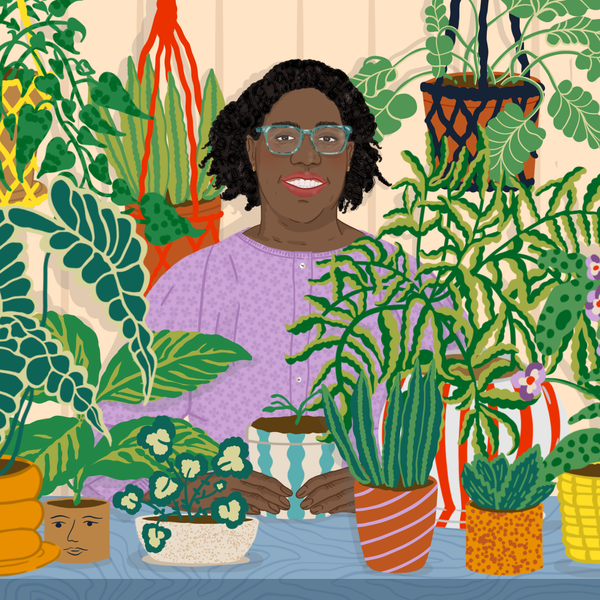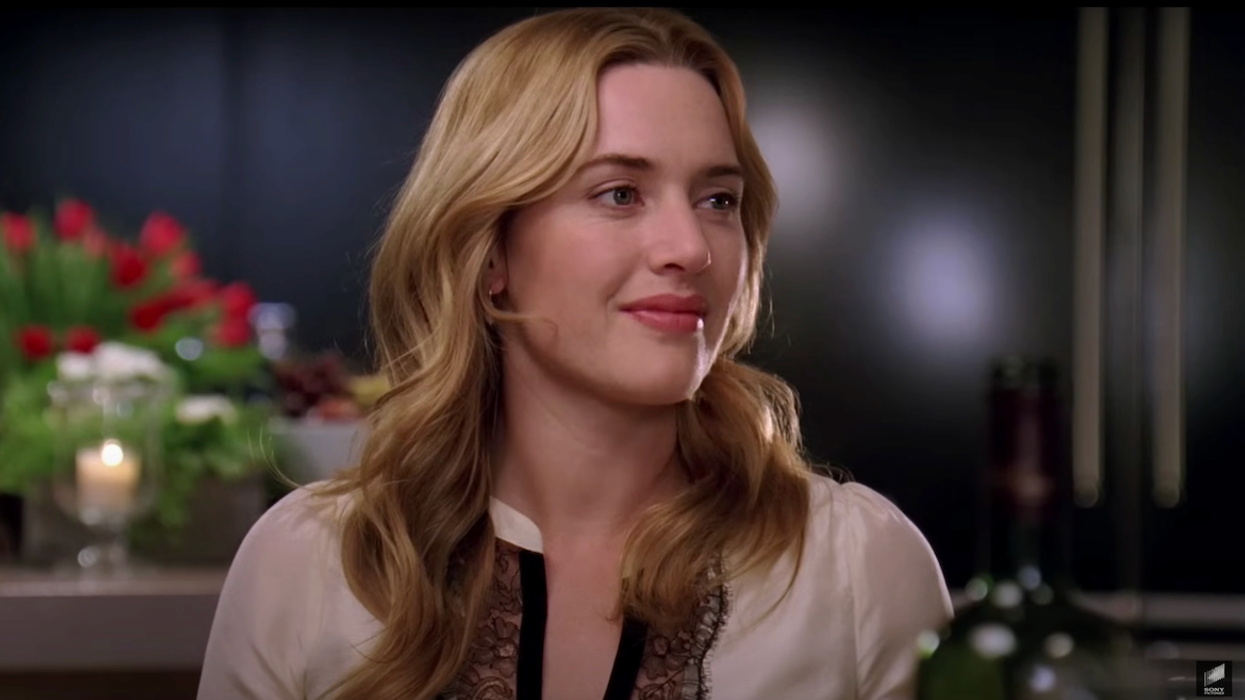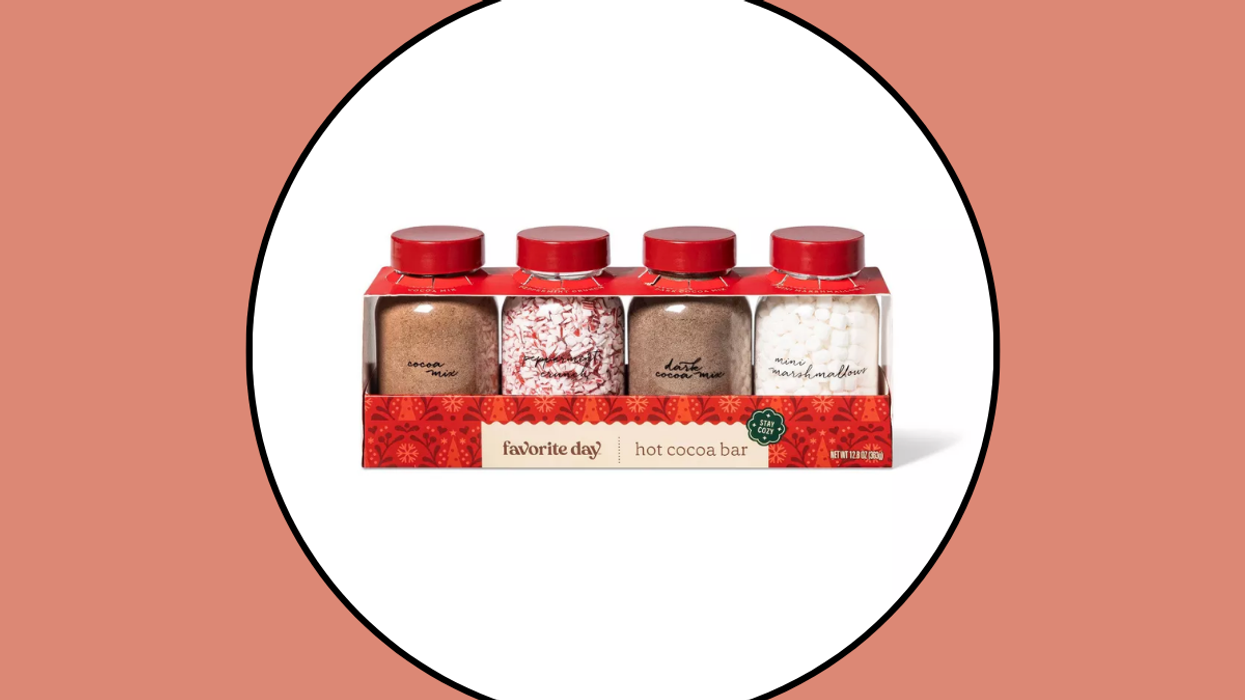Important gems of wisdom that are worth remembering.
5 Surprising Things I Learned from Making a Flower Crown
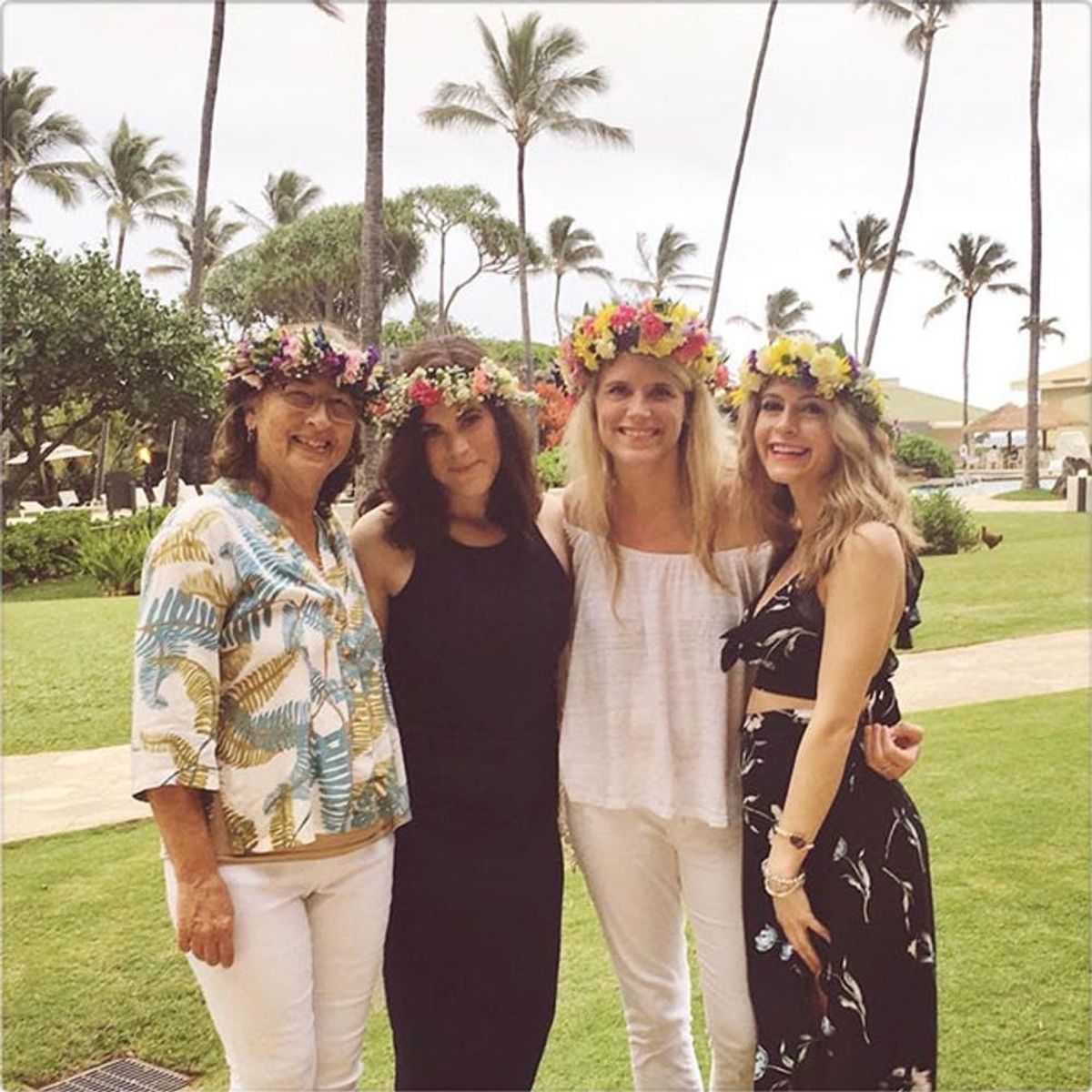
What does it take to become a better human? It might be treating yourself well enough to show others kindness and compassion or paying extra attention when life presents you with an opportunity to learn important lessons. As I was recently reminded while taking a flower crown-making class with master lei maker and author of how-to guide Heavenly Hakus Kauai Elvrine Chow in Hawaii, these subtle gems of wisdom can present themselves anywhere and anytime. Here are five things I learned while getting creative on the Garden Isle.
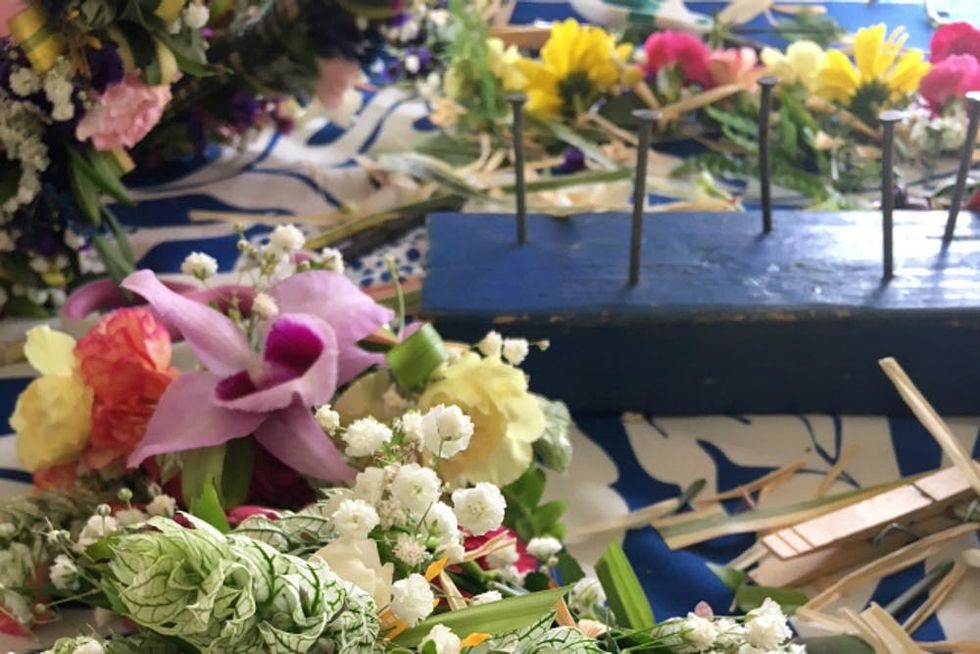
1. Use what’s available to you. Making a flower crown, or haku lei, calls for first creating heaps of tiny flower bundles by tying yarn around loose flowers. When I began, I grabbed whatever caught my eye from the “buffet” table of fresh, local flowers that our teacher had set up for us. I was instantly drawn to a sparse basket of blue flowers, but once I started making my bundles, I quickly realized that there probably weren’t enough of them to spread throughout my lei like I was hoping. So I had to change course and choose something different; I passed my few blue flowers off to someone else and got to work with a completely different color palette. This time, I decided to use lots of white flowers (we had tons of them available in our flower buffet) with a few pops of pink and orange. My final bundles were almost the total opposite of my original idea but still beautiful and abundant from using what we had available.
Once I realized this, I was reminded one of my favorite quotes by Arthur Ashe: “Start where you are. Use what you have. Do what you can.” It’s easy to get tripped up on what I hope to achieve or don’t necessarily have the immediate resources to do, but working with what I have right in front of me can produce some unexpectedly great results.
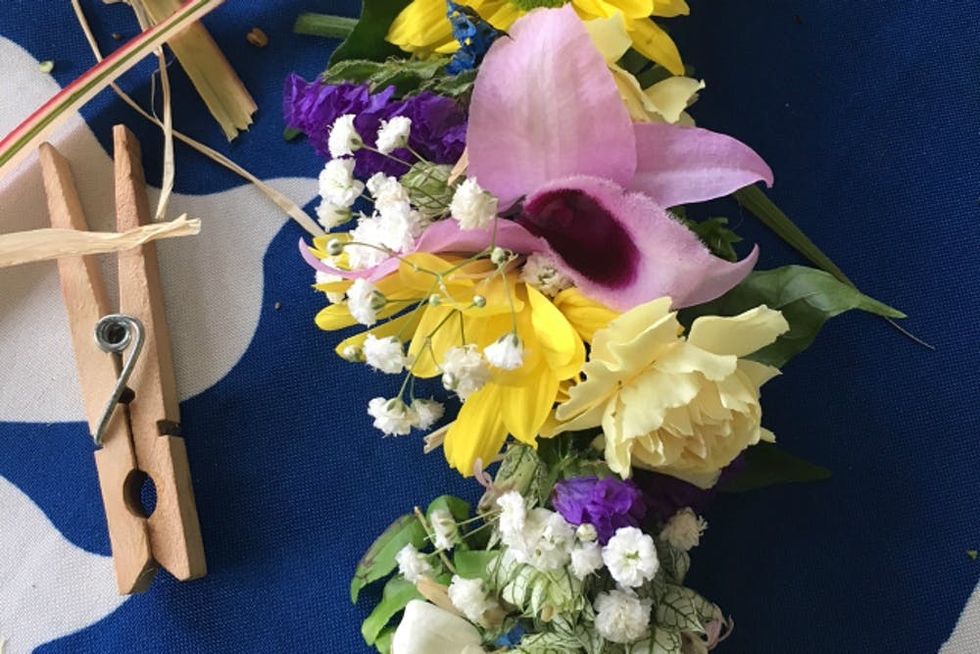
2. Let things unfold naturally. The haku lei creation process requires a few different steps: Once you create your 30-40 small floral bundles, you begin to wrap the bundles around a piece of palm that will eventually go around your head for wearing. To finish with a specific lei design, it can be helpful to envision the end result early on. At first, I wanted to produce a look I had in my head, so I laid my bundles out on the table and evenly dispersed my pops of color among my mostly white floral groups. My plan was to spread the colorful bundles out so there would be a few on each side of my head and three bold colors as the focus in the middle, right above my forehead. However, when I got to actually wrapping my bundles around the palm, I realized that I was liking the look of more white and less color and that I wanted the order of my floral bundles to be different. I unwound and rewrapped my bundles a few times as I let the design dictate itself as I went.
In life, plans don’t always work either; there are definitely instances where allowing a situation or a day to unfold naturally makes more sense. For me, it’s important to feel relaxed and trust that the universe has our backs!
3. Don’t be so strong that you break. I was the first person in my group to finish creating my floral bundles, so my teacher helped me measure the palm for the headband part of my lei in front of our group as a demo. “Where do you think you want to wrap your flowers?” she asked. I instinctively pointed to the strongest part of the palm. “That makes sense,” she said. “But, see how strong this part is? When we bend it, it will snap. It’s better to work in the middle, where the palm is flexible.” I was awestruck upon realizing that an ability to bend and be flexible is key not only to making a haku lei but also in life.
I’ve definitely been guilty of trying to be too tough and, like anyone who does this, as a result I eventually break down. When this sunk in, I observed this lesson as a necessary reminder to embrace flexibility. Knowing how to bend just enough (and the right way) is a much healthier long-term approach.
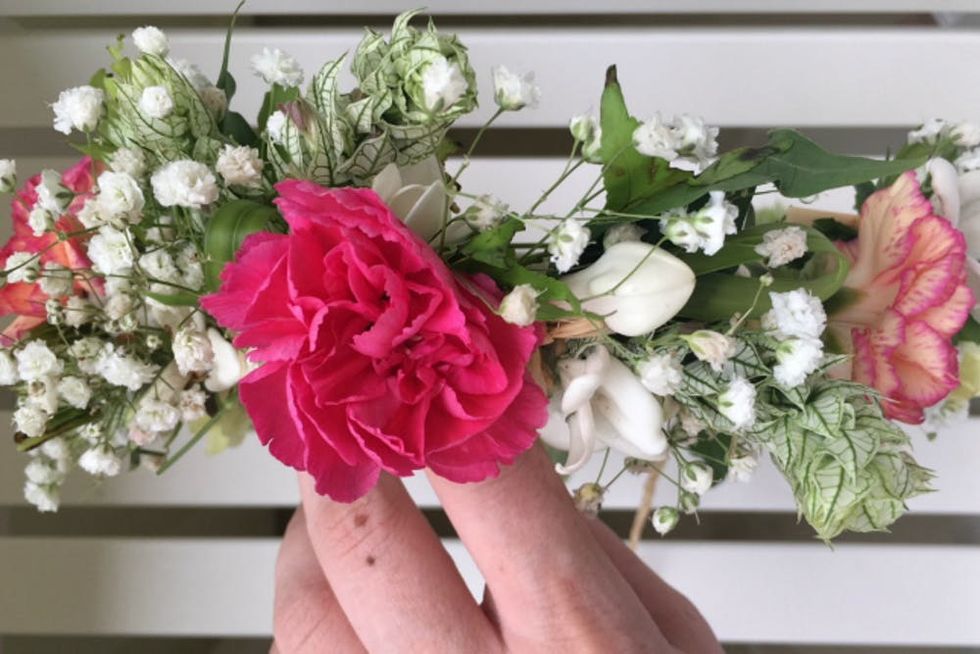
4. Ask for help when you need it. Despite the fact that I’ve tackled tons of arts and crafts projects over the years (and love being creative), making a haku lei was totally new to me. I had trouble tying some of the knots, understanding which flowers might pair well together, and wrapping my bundles around the palm in a straight line as we were instructed to do. Feeling a little clueless and lost was a good chance to practice asking for help. And why wouldn’t I try to learn as much as possible from our talented local lei-making master?
Though I’ve become more comfortable asking for a hand with tasks or letting friends know when I might need a little extra support, this wasn’t always the case. I can remember feeling intimidated or scared of looking foolish at work early in my career, and I still have to squash silly fears of being a burden while asking for help from time to time. Making my lei reminded me that requesting a hand or asking questions is human, and I should probably do it even more than I already do.
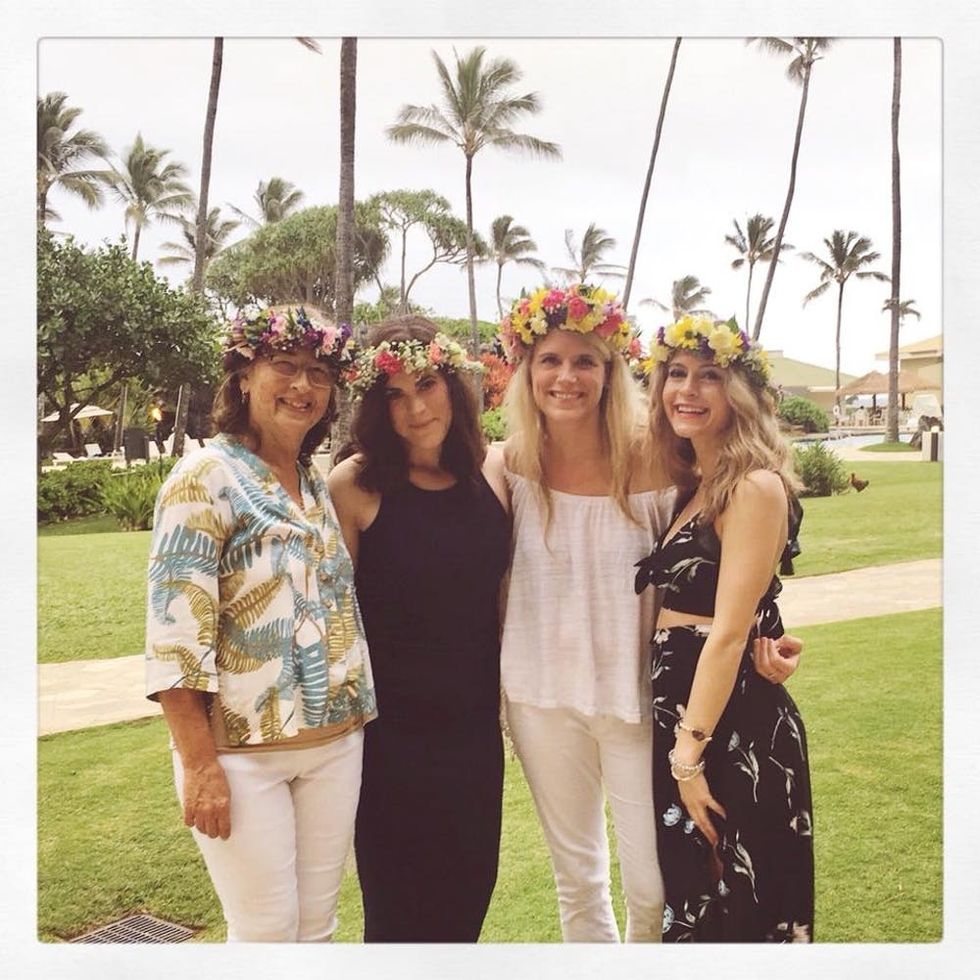
5. Enjoy the process. My last life lesson inspired by our lei making is the one I found myself ruminating on most while finally wearing my lei to our dinner after completing it. All afternoon, we were so excited to wear our finished flower crowns; we gushed about which outfits to pair them with and how many pictures we wanted to take. Imagining an end result is a powerful source of motivation when it comes to completing anything, be it a fitness goal, long interview process, home improvement plan, or work or creative project. Although keeping an eye on the prize is useful, it’s equally valuable to enjoy every minute spent working to achieve the final outcome. After all, the process taught me something new, helped me make new friends, and exercised my right brain. These aspects were just as awesome and memorable as my handmade haku lei.
What’s the most valuable life lesson you’ve learned? Share it with us on Twitter @BritandCo!
Brit + Co may at times use affiliate links to promote products sold by others, but always offers genuine editorial recommendations.
(Photos via Krista Gray / Brit + Co)


